If you’re wondering where to see starling murmuration in the USA, you’re in the right place!
Starling murmurations are breathtaking sights that’ll leave anyone speechless. They’re one of nature’s most stunning displays, after all!
In this article, we’re going to discuss everything you need to know about starling murmurations. Why does it occur, and where do these hypnotic gatherings come from? Let’s find out!
The Fascinating Science Behind Starling Murmurations
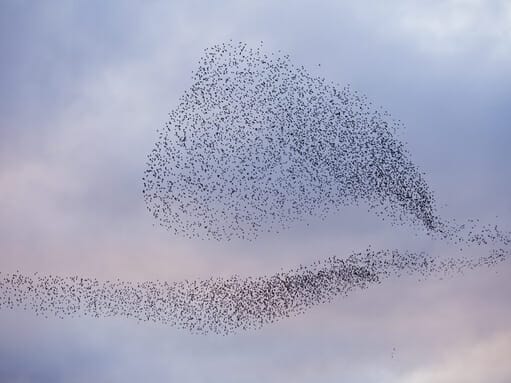
‘Starling murmuration’ is a term given to a yearly phenomenon in which large groups of starlings flock together through the sky to form beautiful, shape-shifting, cloud-like patterns.
Like an intricately coordinated dance practiced to perfection, hundreds of thousands of starlings would swoop, twist, dive, and swirl in unison in the sky at the fall of dawn.
Author Note: Ornithologist Edmund Selous believed that starlings coordinate their perfectly timed movements through telepathy. Today, however, scientists claim that these phenomena occur due to morphic resonance.
According to esteemed biologist and author Rupert Sheldrake, morphic resonance is the idea of interconnections and collective memories within species. He states that it’s a process in which “self-organizing systems inherit a memory from previous similar systems.”
In human psychology, the theory of morphic resonance could explain why some people feel phantom limbs or why people sense it when they’re being watched or stared at.
It’s a fascinating subject, and although not scientifically proven, poses a lot of questions about starling murmuration.
This brings us to the question…
How Do Starlings Prevent Accidental Collision?
Now that you know where to see starling murmuration in the USA, let’s learn some more about murmurations. In order to avoid collisions, Dr. Cavagna and Dr. Giardin hypothesized that starlings instinctively follow a basic set of “traffic rules.” If one bird turns, dives, or changes speed, the rest of the flock obediently follows.
On top of that, there’s actually quite a significant distance between two starlings, reducing the chance of accidental collision.
They also adhere to the age-old rule of seven, wherein starlings would interact with their six or seven neighbors when uncertainty is present during flight.
This, therefore, makes them a part of a dynamic system where every individual bird is interconnected with each other. When one bird changes direction, seven of their closest neighbors also change direction, creating that life-like 3D effect.
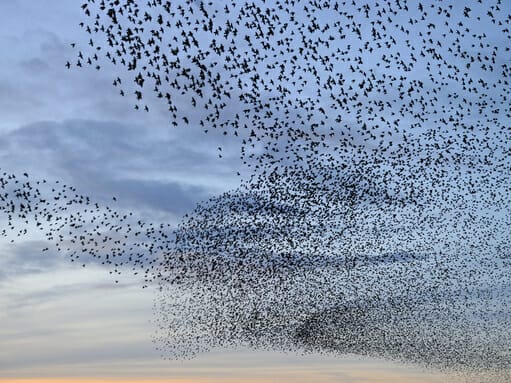
How Do Starlings Create Such Magnificent Shapes?
Early last year, Peter Lau captured a duck-shaped image created by starlings during a murmuration on camera. It happened above West Yorkshire, near Castleford, on Saturday evening as he was showing his grandchildren the beautiful sight presented by these magnificent birds.

Daniel Biber, a professional photographer, also caught multiple amazing starling murmuration displays that won several world photography awards.
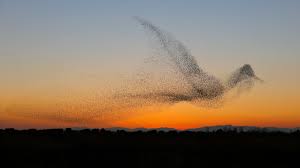
But how do starlings coordinate these stunning displays that defy the laws of nature? What purpose do they actually serve? Are starlings actually artists in disguise?
The truth is, no one knows how starlings form these aerobatic displays. As mentioned earlier, starlings are governed by three basic rules:
- If the starling near you bears right, so will you. If he bears left, so will you
- Maintain a pattern of light and dark in your field of vision
- Fly towards each other but don’t crowd your neighbors
Interestingly, starlings are drawn to complex and complicated patterns. However, there’s no real proof that they “draw” certain shapes.
Different people see different things; while Mr. Lau saw a duck, many others claim it’s actually a swan. These intricate designs are most likely formed coincidentally.
Starlings, during flight, see nothing more than a pattern of silhouettes. By following the rule of three, the entire flock moves in a semi-cohesive shape.
Regardless, starling murmurations are considered a work of art because of their precise nature.
Why Do Starling Murmurations Occur?
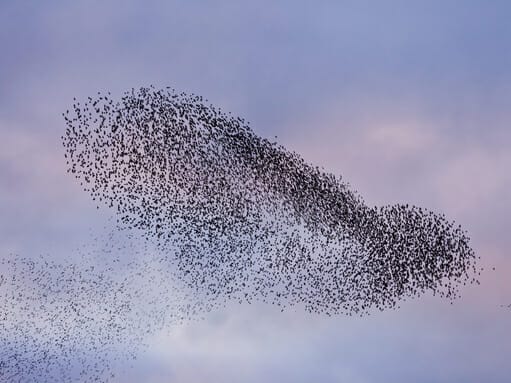
Starling murmurations form in the midst of migration for many reasons.
For one, they provide safety in numbers and protection from predators such as hawks, owls, and eagles. After all, who would dare go against hundreds, if not thousands, of birds? They’d completely be overrun and outnumbered!
They also allow starlings to easily exchange valuable information while in flight, such as food location and predator information.
Another less-known advantage of murmurations is that it allows flocks to share their warmth amongst each other, especially during colder months.
When and Where Can I Watch Starling Murmurations in 2023?
Most starling murmurations occur during mid-autumn to winter, just after the fall of dusk. Autumn roosts usually begin to form in late November, but it can also be as early as September, and as late as early December, in some places.
Author Note: Starlings are found all over the U.S. In fact, the US is believed to be home to over 200 million European starlings. Therefore, you may find starling murmuration in large, open areas just outside big cities. You may also find them in woodlands, cliffs and parks.
New York City’s Central Park is a famous bird-watching location, along with Southeastern Arizona’s Saguaro National Park. You might also find them flying above Cave Creek Canyon and the Patagonia-Sonoita Creek Preserve.
Before going out to watch the murmuration of starlings, make sure to first check the weather forecast. The most extroverted displays of starling murmurations often occur in clear and calm weather conditions. Bundle up, bring a sandwich or two, and select your viewpoint carefully.
Other prime starling murmuration spots for 2023 include:
- Merritt Island National Wildlife Refuge, Florida
- Higbee Beach on Delaware Bay, New Jersey
- Rio Grande Valley, Texas
- Acadia National Park, Coastal Maine
- Sax-Zim Bog, Northeastern Minnesota
- Bosque del Apache National Wildlife Refuge, Central New Mexico
Keep in mind that starling murmurations spots can happen in nearly any location, so they’re not unique only in the mentioned areas. Who knows, you may even find a glorious display of starling murmuration right above your backyard!
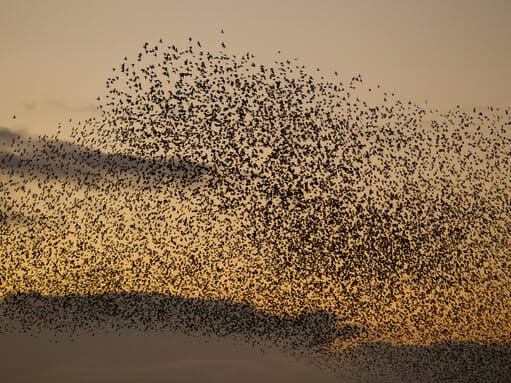
Are Starlings the Only Birds That Do Murmurations?
Although murmuration is more specifically used for flocks of starlings, starlings aren’t the only birds that murmurate.
The term “murmuration” refers to the phenomenon in which hundreds, if not thousands, of birds, fly and change direction together. Geese, robins, dunlins, raptors, and flamingos show the same behavior. The only difference between these birds and starlings is that they fly in a V-shaped pattern, while starlings fly in more complex shapes.
This type of behavior is shown in different groups of animals of the same shape and species. For instance, schools of fish exhibit the same behavior. The primary purpose of flocking or grouping together is to confuse predators in search of food or to scare them away.
Interesting Facts About Starlings
Starlings can be found almost anywhere in the United States. They’re small to medium-sized birds with bright, iridescent plumage. They have short tails and triangular wings, along with long, pointed beaks. During winter, their feathers would be covered in white spots. In summer, they turn dark and glossy.
Here are some of the most interesting facts about starlings:
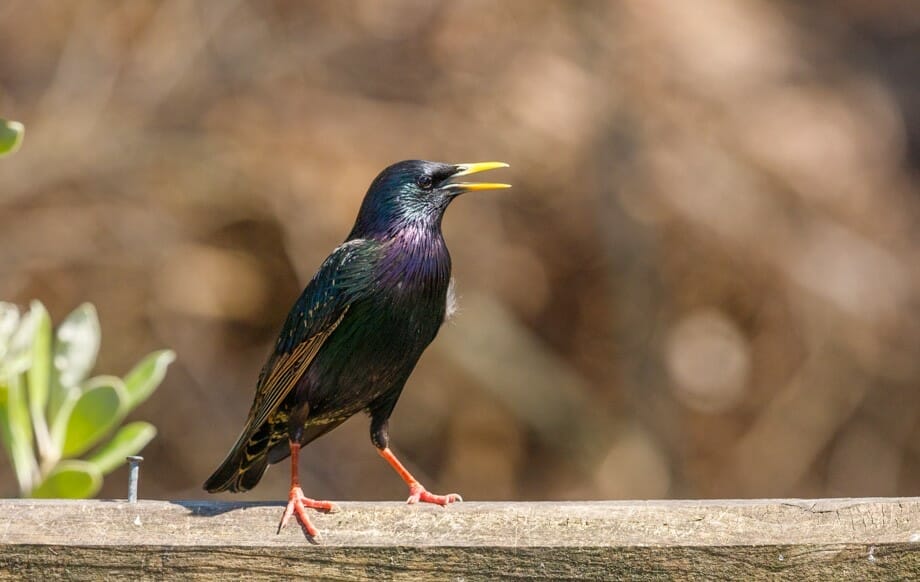
Starlings Are Aggressive Birds
Starlings, while relatively small, are often quite territorial and aggressive. They’re known to compete and even seriously injure other native birds and their young just to seek out the best nesting sites and food sources. Many call them “nasty” birds and would hunt them for sport.
In fact, their aggression has caused devastating effects on some North American native birds, including purple martins and eastern bluebirds.
On top of their aggression, they’re quite noisy, as well. They have loud, raspy screeches that’ll bring most birds to shame. Unlike hawks, however, sterlings have no sense of musical harmony, making them sound more of an annoyance than anything. This is especially true in large groups.

Starlings Aren’t Protected by Federal and State Laws
Due to their extremely large numbers and fast reproduction rate, starlings aren’t protected by the US Federal and State Wildlife Laws. Large flocks of starlings can greatly damage crops. Furthermore, their waste is said to spread invasive seeds and disease.
Although it isn’t illegal to kill sterlings, there are multiple other ways to get rid of them. This includes traps, repellents, deterrents, and similar humane pest bird control products. It’s also recommended to close off current nest cavities to prevent starlings from further increasing their numbers.
Author Note: According to the Humane Society of the United States, killing starlings has little effect on their overall population. However, we don’t want to cause any suffering to any living species regardless of how destructive they are. They’re among nature’s babies, after all.
Starlings Eat Almost Anything
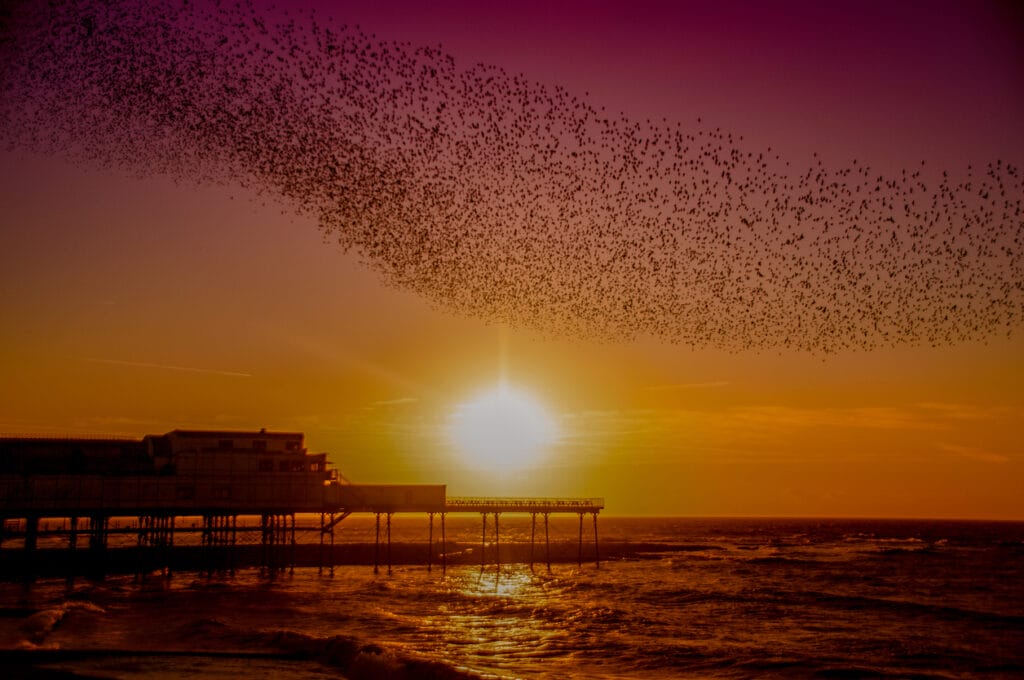
Starlings are opportunistic feeders. They eat fruits from trees, seeds foraged from the ground, invertebrates, and insects including flies, flier larvae, gypsy moths, and the like. They also often visit suet and bird feeders, so if you’re planning to attract a starling or two in your backyard, you’re sure to be successful with those two methods.
Final Thoughts
Starling murmurations are witnessed in woodlands, cliffs, reedbeds, and the like. You can also find them within most rural areas.
The best time to watch starling murmuration is between November and December, as this is their prime migration time. We hope you enjoyed this article on where to see starling murmuration in the USA.
Starling murmurations are quite an amazing sight and are guaranteed to leave you awestruck. You shouldn’t miss it!
Fly high friends!
FAQ
Starlings are known for their spectacular murmurations, where large flocks of birds move in coordinated flight patterns. However, other bird species such as grackles, crows, blackbirds and even some species of geese and swans also exhibit murmurations.
Starlings form murmurations in a variety of locations, but they are most commonly seen in the UK, Europe and North America. They can be seen at dawn and dusk in open grassland, near water, and in urban areas. Some of the best places to see starling murmurations include: the coast of England, specifically in the town of Gretna Green, the Somerset Levels, Slimbridge Wildfowl and Wetlands Centre, and the Otmoor RSPB Reserve. In the US, starling murmurations can be seen in places like California, New York and Wisconsin.




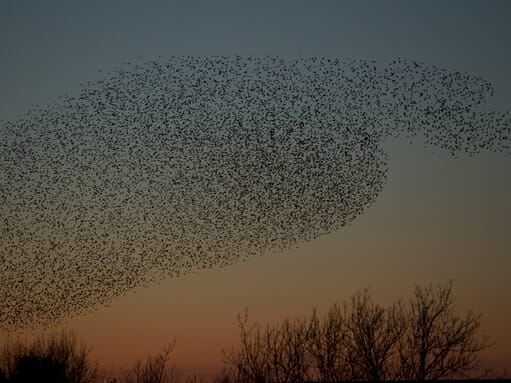


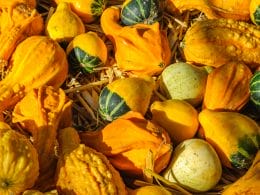
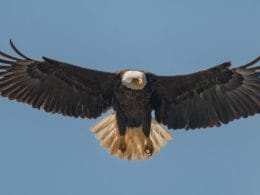

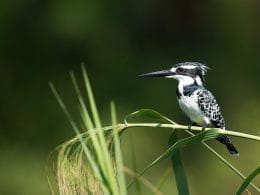
Hi Will! Experiencing a starling murmuration is high on my bucket list, but unfortunately I live in Louisiana and I feel so cut off from most birdwatching experiences. Do you have any ideas for closer sites to me to witness starlings displays? Thanks, and I really enjoyed your informative article.